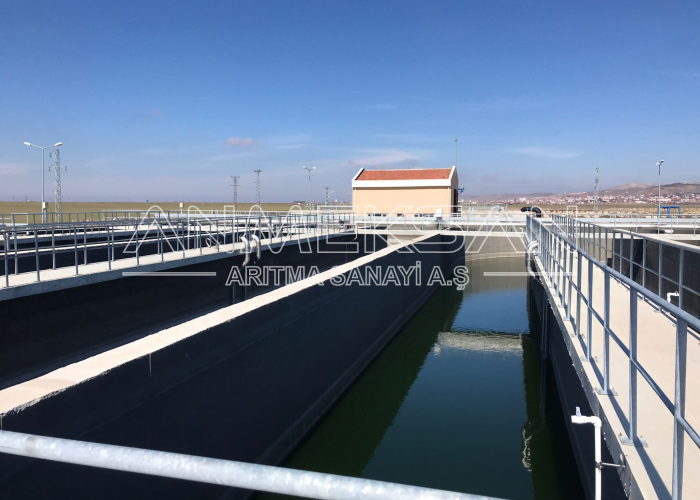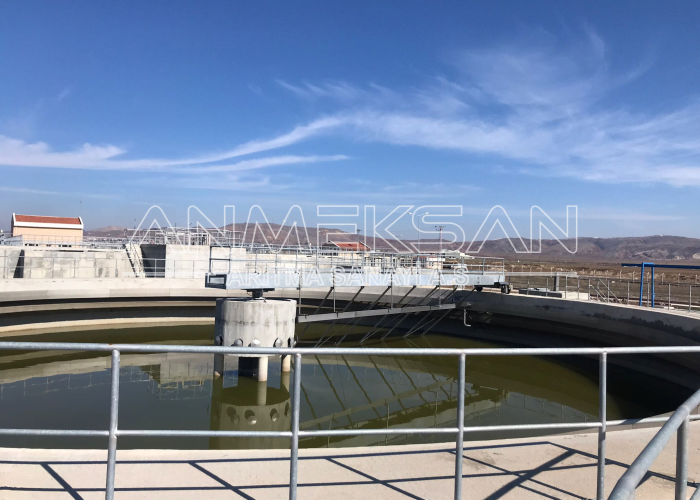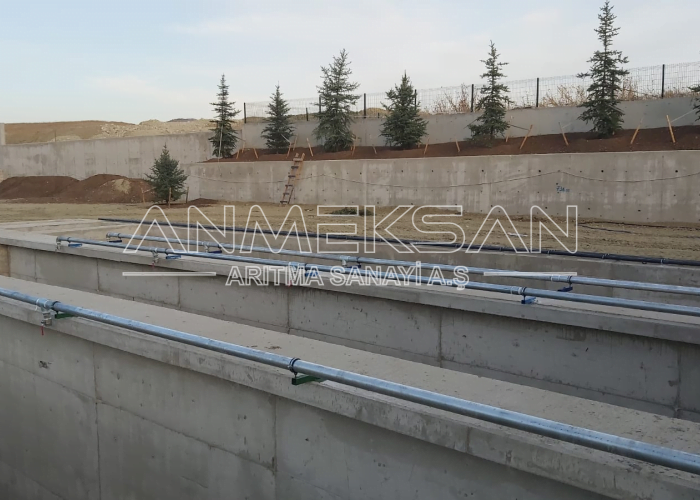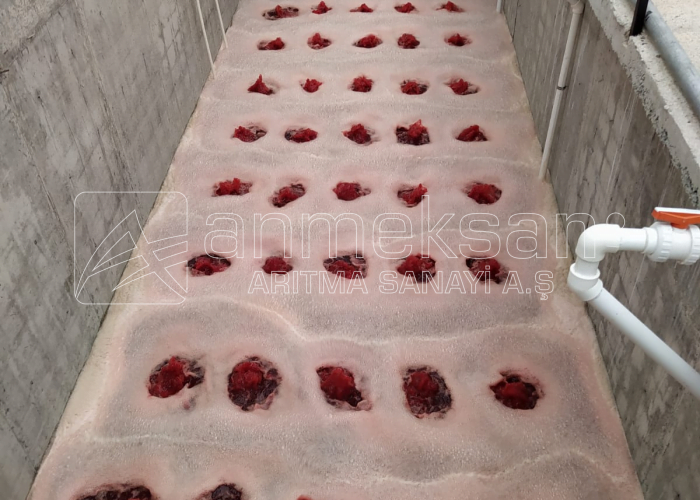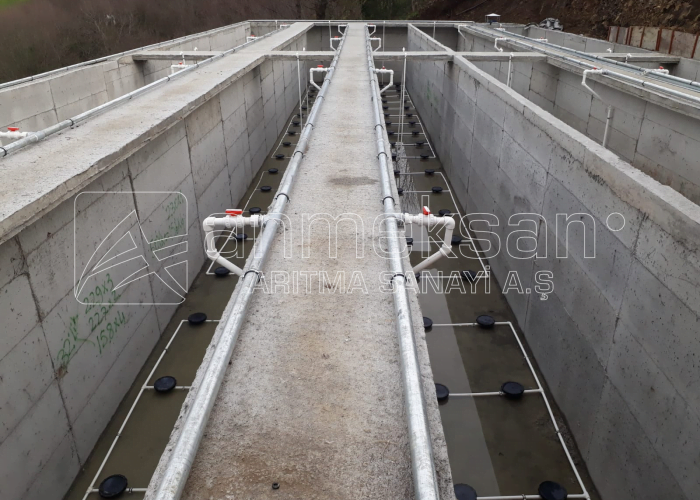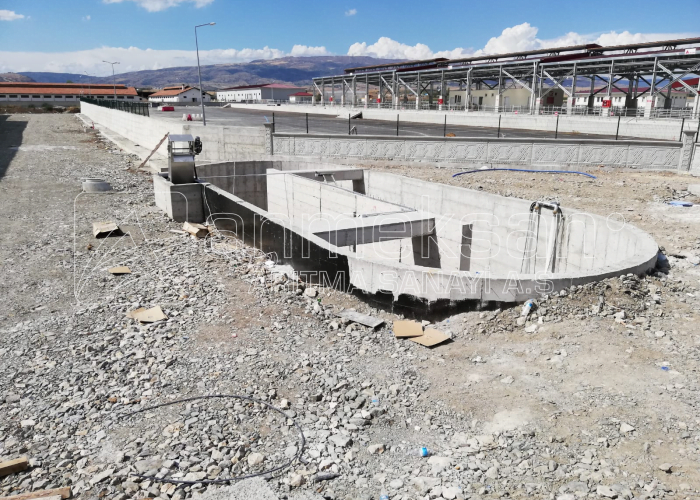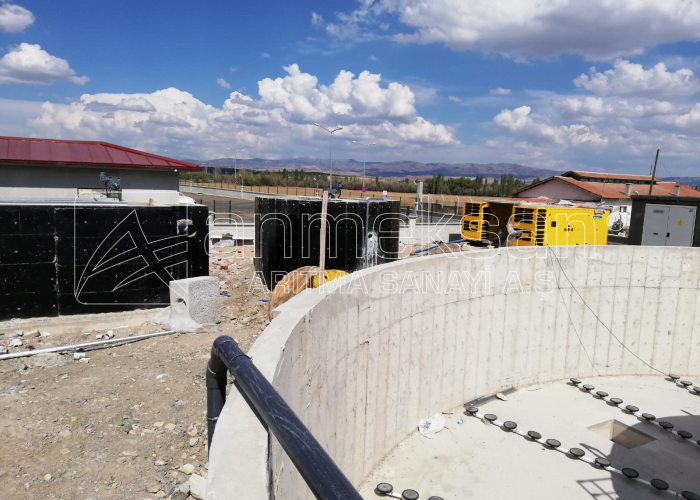Biological wastewater treatment plants are a treatment process that uses natural processes to help break down organic matter. Biological processes rely on bacteria and other small organisms to break down organic waste using normal cellular processes. Wastewater typically contains organic matter such as trash, waste, and partially digested food. It can also contain pathogenic organisms, heavy metals and toxins.
The aim of biological wastewater treatment is to create a system in which separation results are easily collected for proper disposal. Biological treatment uses both aerobic and anaerobic biological processes to ensure optimal removal of organic materials from wastewater.
Biological treatment is used all over the world because it is more effective and more economical in terms of investment and operating costs than many mechanical or chemical processes.
Biological wastewater treatment plants can be constructed as steel construction (package treatment) or reinforced concrete structures, depending on the amount of wastewater generated and the land where the treatment plant is planned. In addition, while designing the treatment plant, odor, piping, automation, shift, region, climatic conditions, operating factors and sector production analyzes should be made.
It is also used in slaughterhouse and slaughterhouse wastewater treatment plants.













